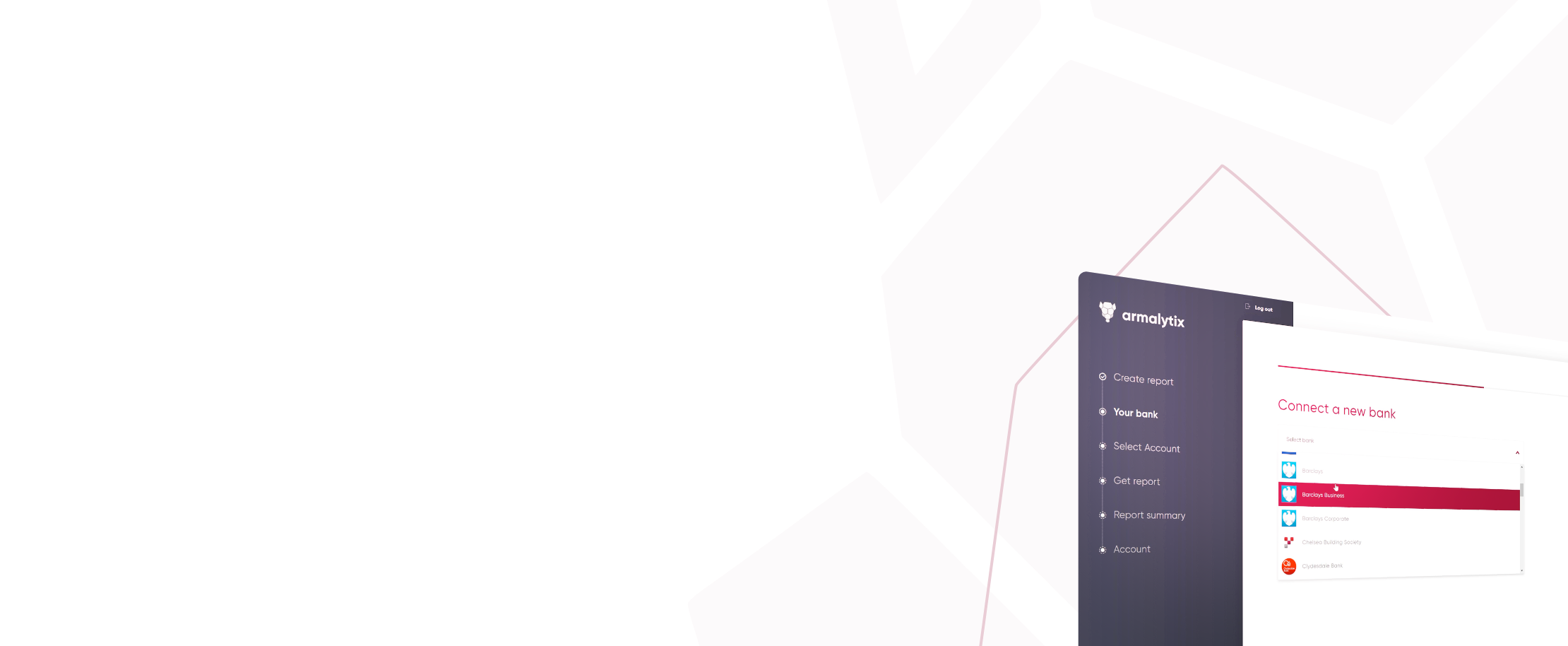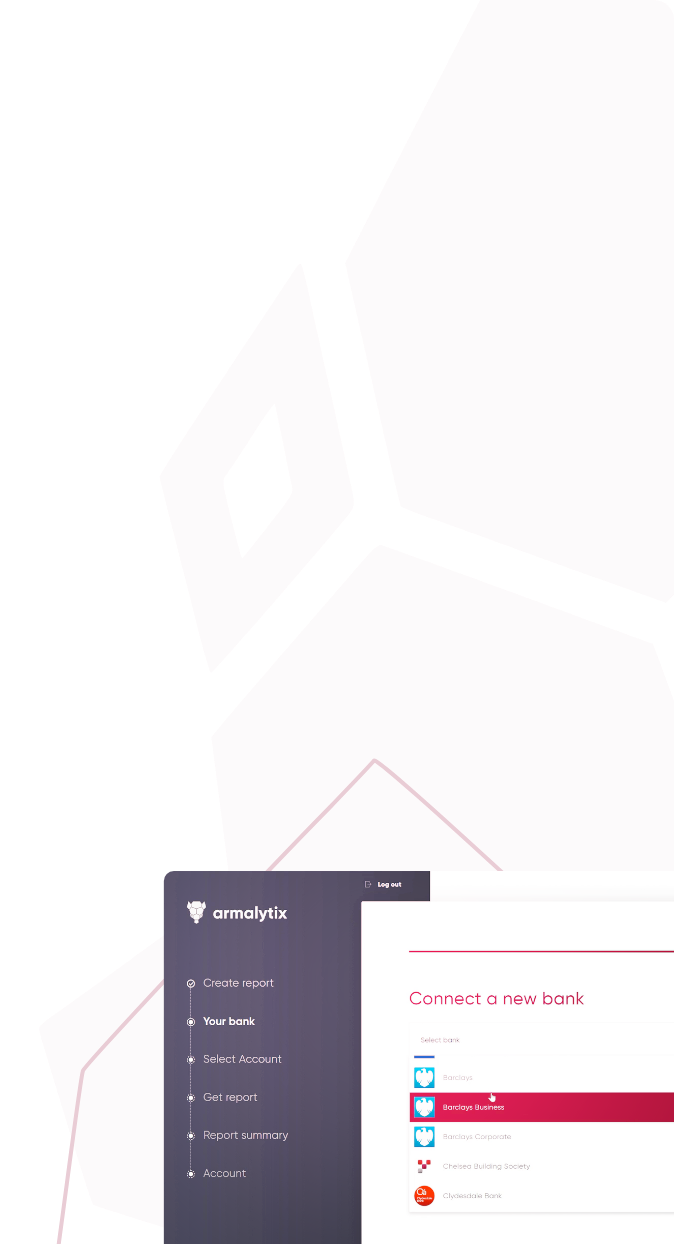
Open Banking Parallels and Possibilities
How we can look to experiences of the past to make Open Banking a success in the future.
Mark Twain is quoted as having said “History does not repeat itself, but it does rhyme”.
“Ten things I hate about you”, is based on Shakespeare’s “The Taming of the Shrew”.
Many new ideas may have novel content, but the journey and the scope have been experienced before.
The team at Armadillo Financial Technologies have set out to make the lives of businesses and consumers better using Open Banking. They have seen the potential value and opportunity such a technological paradigm shift has brought before and share their thoughts on what lessons can be learnt, what to watch out for and how to make Open Banking a success.

Background: from days to seconds
What originally caught our attention with the emergence of Open Banking were the apparent parallels with the technology revolution brought about by the introduction of the FIX protocol. This was a significant catalyst for change in the financial services and investment banking industries. It precipitated a common blueprint for information between financial intermediaries such as investment managers, banks, brokers and exchanges and the electronification of financial markets – transforming forever how transactions were executed, managed and settled.
Before FIX protocol and electronic trading platforms, a single transaction could take days to execute and settle, relying on manual inputs and processes. These were vastly time-consuming and required a lot of resources, as well being potentially inaccurate and risky. Electronic trading reduced these risks and transactions now take microseconds.
We experienced this transformation as technologists, as product developers, as traders, and as business managers. We saw the revolution it heralded from different perspectives and came to the same conclusion – the industry had changed, and things were never going to be the same again.
So, what did we learn from these experiences? Below are 4 lessons, which from our perspective will be influential in enabling Open Banking to reach its full potential.

1. If it IS broken, DO fix it
Whilst some are ready to cross the technology and process chasm, the majority are taking small steps. Although it is tempting to envisage dramatic innovation, in reality it will take smaller, more easily digested improvements to everyday working life before we get to implement big ideas.
We saw that the vision the industry had for investment banking services to be provided in an automated and electronic manner in the future was initially a step too far for some users. How then did we help get people started using the electronic systems we had created?
We actually found that focusing on daily irritations was in many cases more effective than evangelism. We asked the traders on both sides of the fence which part of their daily processes they hated the most and wanted to be fixed. Universally, the response was the manual confirmation and settlement process. In this way we found the first adoption of the technology was actually in reverse; traders entered already executed and confirmed trades into the system and these could then be immediately reconciled with the bank’ systems and settled, minimising errors and subsequently any associated risk.
We also focused our attention on providing a vastly simplified user interface which worked well for the reconfirmation of trades and live trading. We put in large Blue Buy Buttons and Red Sell Buttons and a clear and obvious workflow to flag completion of the order. User uptake for trade reconfirmation was immediate, with traders initially starting to use the live trading function for the smaller, simpler order types.
We found that designing products that improve a client’s life is more important than trying to design products purely to meet a grander vision.
2. The product can only move at the pace of the technology it is supported by
Reliability is far more important than innovation early on. The technology will be unreliable and limited in scope initially and there is a need for the whole technology ecosystem to become broader and more robust.
In a previous life, one of our team was a buy-side fund manager, recalling how when investigating the introduction of an electronic execution platform, it was discovered that a particular platform did not support the required trade types. This created risk that didn’t exist when executing through traditional channels. A different available platform offered these trading functionalities, but then did not have the confirmation formats required by the firm’s back office systems, which then re-introduced more manual inputs into the process. Therefore, although the firm was ready and willing to embrace the new technology, it actually took several years before the necessary technology was in place and the majority of the firm’s trades could be executed through electronic trading platforms.
We found that ensuring the reliability and capability of a product are a match to the client’s real needs is critical to early stage adoption.
3. Changing entrenched behaviour takes time and you can only go at the pace of adoption
Transformation must have clear and obvious benefits to both the client and the business. Particularly when progress is slow, it takes a lot of education for people to understand the longer-term benefits against the status quo.
Our first version of a digital execution tool provided the ability for a trader to route an order to the exchange and buy/sell a specific quantity of shares. Despite numerous hours of training with our trading teams, user adoption was disappointing low. It turned out to not be the ‘straight to market’ tool we’d envisioned.
Initially we couldn’t understand why a trader wouldn’t want to replace an action which took minutes with one that took fractions of a second. Rounds of feedback interviews later, one clear message came out “what happens if I ‘fat-finger’ the order?”. Having pulled out a ‘traders thesaurus’ the translation was clear: “If I type in the wrong number of shares, particularly by adding too many zero’s, I will be fired”. Once we put a simple step where the trader was asked to reconfirm the number of shares to transact before the order was sent, user adoption transformed.
Despite the advantages of new systems, people may accept a slower process in order to gain better protection from their own mistakes. This is important to consider when designing products.

4. Data security and confidentiality is an ever-present issue
Confidentiality and security of market and sensitive information have always been a concern for both banks and buy-side firms. In the same way, businesses and clients are cautious when it comes to their personal financial data
At the time of the early efforts of trading technology, the relatively low level of knowledge and experience of technology in general was a barrier to uptake. We found the introduction of trading platforms and automation did not necessarily help these concerns. “If I just put in my orders into a computer, how do I know who will look at them and potentially trade ahead of me?”. Many irate phone conversations had occurred between traders due to perceived breaches of this and we’d been on both sides of those.
These concerns around data sensitivity haven’t been fixed, and indeed are the basis for the many recent regulatory and compliance requirements, such as ‘Chinese Walls’ and GDPR. Despite this, over time we saw how businesses and clients could be convinced to engage in new technology. Through actions such as those discussed above, and others, trust in the technology grew. This trust was built up through a combination of key factors:
- Demonstration of clear benefits to everyday life
- Simplicity of use
- Reliability of products and services
Data sensitivity, quite rightly, remains a significant concern both to businesses and to clients. It is only through the build up of trust and being conscious of these concerns that products will become a success.
Where to next?
Several decades on, the journey is not yet complete in financial markets. Whilst FIX and electronic trading are widely adopted in US equities (with use up to 70%) in other areas, such as fixed income products, adoption is still slow and not all players in the ecosystem fully utilise the technology.
With Open Banking, we are once again at the beginning of a revolution. For this to take hold though, we must be mindful that the embracing of new technology must be underpinned by trust and product design. The groundwork is already being laid with the global adoption of rules and protocols, which are, if not uniform, at least compatible.
Whilst there is an expected use case at this time for Open Banking and Open Finance, the reality is likely to emerge as far broader than initially anticipated, sparking further innovation and unimagined business opportunities. Open Banking solutions will require the wider adoption of the services being created, beyond the visionaries and early adopters. However, we believe that lessons learned from our experiences in financial markets will make us well-placed to make the most of this this next revolution, both for businesses and for clients.



